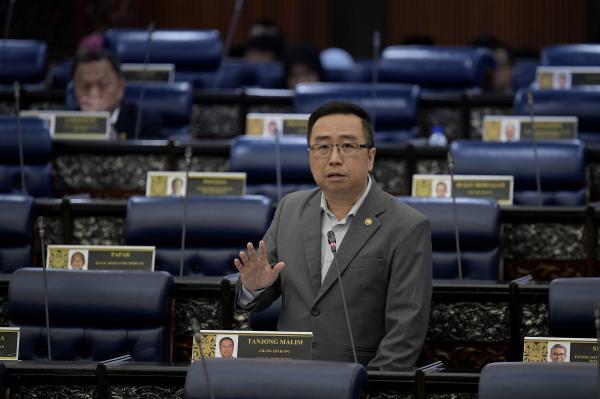KUALA LUMPUR, Nov 13 — The Science, Technology and Innovation Ministry (Mosti) will soon introduce the Innovation Readiness Level (IRL) framework, a new grant evaluation mechanism developed by the Academy of Sciences Malaysia (ASM) to strengthen the country’s innovation ecosystem.
Science, Technology and Innovation Minister Chang Lih Kang said the IRL offers a comprehensive rubric to assess innovation readiness across 11 dimensions, including technology maturity, customer understanding, and market competitiveness.
He said the IRL goes beyond the traditional Technology Readiness Level (TRL) and provides a more holistic measure of innovation potential and impact.
“Its adoption, including by the Malaysia Science Endowment (MSE), marks an important step towards ensuring research investments generate tangible outcomes for the economy and the people.
“The creation of high-value products, technologies, and services will not only drive Malaysia’s socio-economic advancement but also strengthen the competitiveness of local companies and create high-income jobs,” he said.
Chang was speaking at the Recognition of 2024/2025 Top Research Scientists Malaysia (TRSM) ceremony held at the Malaysia External Trade Development Corporation (Matrade) Tower here today.
The event honoured 32 of the nation’s top scientists — 25 recognised in 2024 and seven in 2025 — for their contributions to advancing science, technology, innovation, and the economy (STIE).
He said the IRL framework complements the National Research, Development, Innovation, Commercialisation and Economy (RDICE) Roadmap 2025-2030, recently launched by Mosti and developed by ASM. The roadmap outlines three pillars, six strategies, and 27 action plans to address structural challenges in the national STIE ecosystem.
A key strategy, he said, is strengthening strategic RDICE collaboration by linking research excellence with market demand to create a more competitive and responsive innovation landscape.
Chang reiterated that the government remains committed to building a robust and inclusive RDICE ecosystem under the National Science, Technology, and Innovation Policy 2021-2030 (NSTIP), with the target of becoming a hi-tech nation by 2030.
To support this aspiration, Mosti aims to raise the number of researchers to 130 for every 10,000 members of the labour force by 2025, up from 55 currently and 33 in 2020.
Meanwhile, ASM vice-president Prof Datuk Looi Lai Meng said the mission-oriented approach to STIE calls for research that is strategic, collaborative, and outcome-driven, with success measured by real-world impact rather than the number of published papers or patents.
“This approach positions the government as a market shaper, not just a funder. It aligns research and innovation with national priorities such as food security, clean energy, healthcare, and water sustainability.
“It also requires an open mindset that encourages exploration, experimentation, and purposeful innovation,” she said.
Chang added that between 2023 and 2025, 62 TRSM recipients were listed among the World’s Top 2 per cent Scientists by Stanford University, reflecting Malaysia’s growing scientific excellence and global standing.




